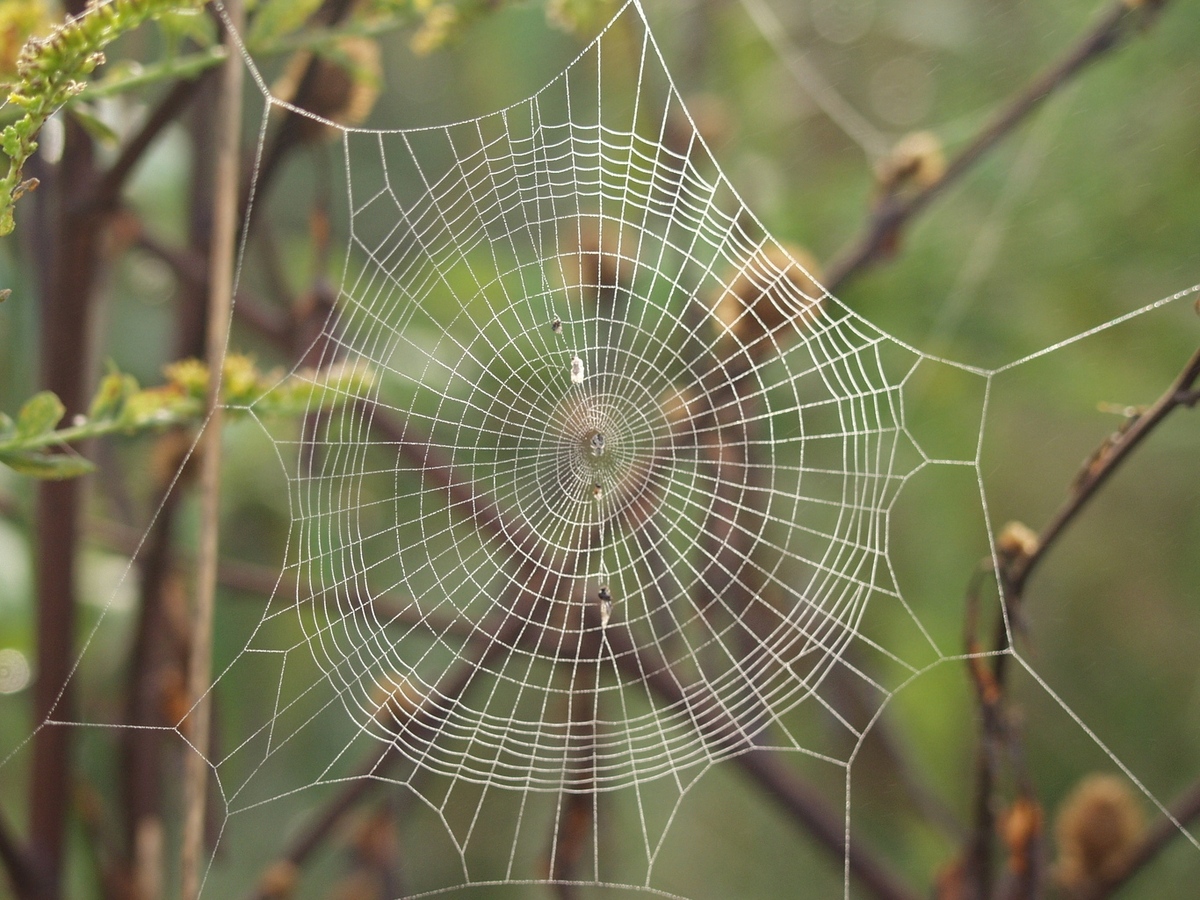Future of Sustainable Clothing: New Breakthrough in Synthetic Spider Silk Fabrication

The remarkable properties of spider silk have fascinated scientists for a long time, as it boasts strength surpassing steel yet remains lightweight and flexible, the journal Nature Communications reported.
Fuzhong Zhang, a professor of energy, environmental, and chemical engineering at Washington University in St. Louis McKelvey School of Engineering, has made a major advancement in creating synthetic spider silk, opening doors for a new age of sustainable clothing production.
Since he engineered recombinant spider silk in 2018 using bacteria, Zhang has been focused on enhancing the production of silk threads from microbes, while preserving its desirable traits, such as increased strength and durability.
Higher yields will be critical if synthetic silk is to be used in everyday applications, particularly in the fashion industry where renewable materials are much in demand to stem the environmental impacts that come from producing an estimated 100 billion garments and 92 million tons of waste each year.
With the help of an engineered mussel foot protein, Zhang has created new spider silk fusion proteins, called bi-terminal Mfp fused silks (btMSilks). Microbial production of btMSilks have eightfold higher yields than recombinant silk proteins, and the btMSilk fibers have substantially improved strength and toughness while being lightweight. This could revolutionize clothing manufacturing by providing a more eco-friendly alternative to traditional textiles.
“The outstanding mechanical properties of natural spider silk come from its very large and repetitive protein sequence,” Zhang said. “However, it is extremely challenging to ask fast-growing bacteria to produce a lot of repetitive proteins.
“To solve this problem, we needed a different strategy,” he said. “We went looking for disordered proteins that can be genetically fused to silk fragments to promote molecular interaction so that strong fibers can be made without using large repetitive proteins. And we actually found them right here in work we’ve already been doing on mussel foot proteins.”
Mussels secrete these specialized proteins on their feet to stick to things. Zhang and his collaborators have engineered bacteria to produce them and engineer them as adhesives for biomedical applications. As it turns out, mussel foot proteins are also cohesive, which enables them to stick to each other well, too. By placing mussel foot protein fragments at the ends of his synthetic silk protein sequences, Zhang created a less repetitive, lightweight material that’s at least twice as strong as recombinant spider silk.
The yields on Zhang’s material increased eightfold compared with past studies, reaching 8 grams of fiber material from 1 liter of bacterial culture. This output constitutes enough fabric to test for use in real products.
“The beauty of synthetic biology is that we have lots of space to explore,” Zhang said. “We can cut and paste sequences from various natural proteins and test these designs in the lab for new properties and functions. This makes synthetic biology materials much more versatile than traditional petroleum-based materials.”
In coming work, Zhang and his team will expand the tunable properties of their synthetic silk fibers to meet the exact needs of each specialized market.
“Because our synthetic silk is made from cheap feedstock using engineered bacteria, it presents a renewable and biodegradable replacement for petroleum-derived fiber materials like nylon and polyester,” Zhang said.
4155/v





















